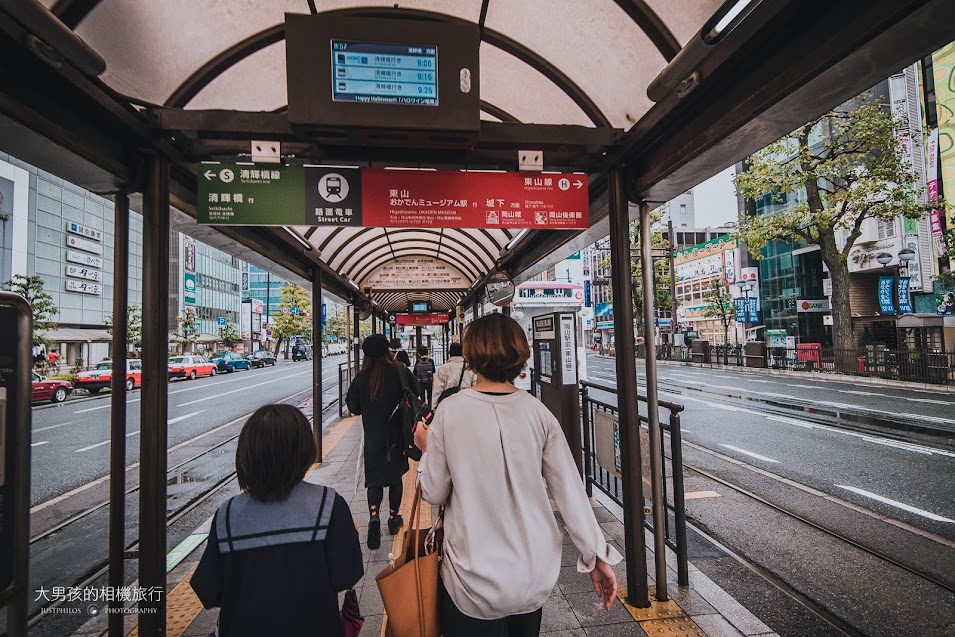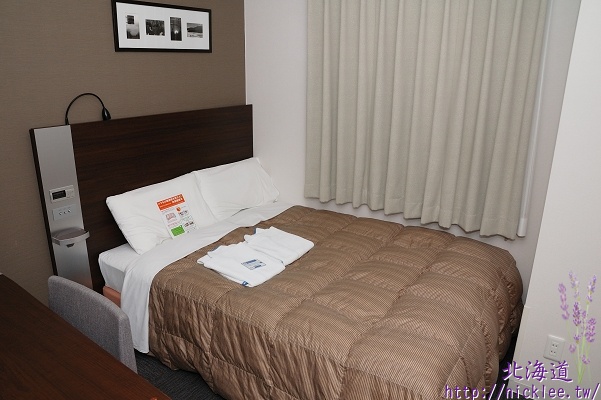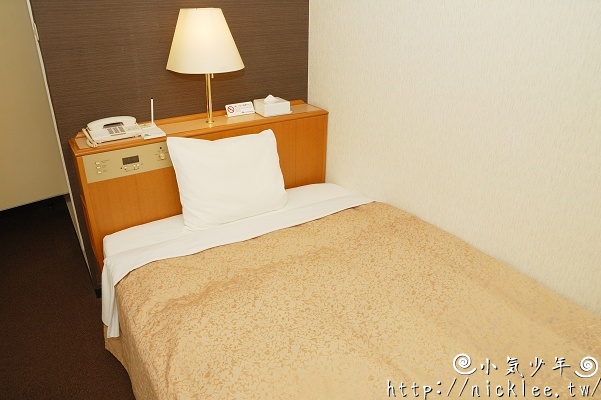Summary
Before EVA Air introduced the dream aircraft Boeing B787, China Airlines took the lead in introducing the latest Airbus A350-900 aircraft in October last year, mainly used for long-haul routes to Europe and North America. On this trip to Kansai, Osaka (TPE-KIX), I was lucky to fly on China Airlines’ new A350 aircraft for both the outbound and return flights, enjoying a very good flying experience. This is my second time traveling abroad with China Airlines and my first time flying with China Airlines to Japan. Because this trip was mainly focused on buying cheap tickets, I compared the prices of various airlines and ultimately decided to choose China Airlines due to the temptation of the new A350-900 aircraft. After purchasing the tickets in early May, I went online to pre-select seats because I like to sit by the window; for the return journey, I selected seats in the Premium Economy Class.
Outbound flight information:
- China Airlines
- Flight number: CI152 (B-18901)
- Aircraft type: A359 (A350-941)
- Date of travel: 2017.10.26
- Flight time: Taiwan Taoyuan International Airport (TPE) 9:10 – Kansai International Airport, Japan (KIX) 12:50
On the outbound flight, I was lucky to fly on China Airlines’ first A350 aircraft, the “Formosan Pheasant” with the registration number B-18901. Unfortunately, because China Airlines’ parking area is the first terminal with glass and difficult angles to photograph, it was almost impossible to capture the side view of the Formosan Pheasant.

I flew on China Airlines’ first A350-900 aircraft, the “Formosan Pheasant” with the registration number B-18901.

The A359 aircraft that flew that day was China Airlines’ first A350.

The side of the aircraft body barely captured the angle of the Formosan Pheasant’s painted body. It has to be said that the design of the first terminal is really old-fashioned.

The front view is the iconic cockpit window of the A350 aircraft.
Due to baggage handling, the boarding time was delayed by nearly half an hour, but fortunately, the boarding process went smoothly and did not delay too much time. I chose a regular economy class seat for the outbound journey, and because it was a front seat, I was able to sit down and take pictures shortly after boarding.

The seating in the outbound journey was 3-3-3 in economy class, and the interior of the A350 was decorated in a warm classical style.

The seat pitch in the A350 economy class was quite spacious. Because it used a slim seat back design, even if the passenger in front reclined their seat, it did not compress your seating space.

The in-flight entertainment system had an 11-inch screen, and the resolution and touch responsiveness of the new design were very good.

The movies on board were relatively new, but because I prefer to look at the scenery outside the plane, I did not choose to watch them this time.

The headphones were regular over-ear headphones.

The aircraft also provided USB charging devices, but the charging speed was slow, and my phone was not fully charged throughout the flight.

The seat I chose happened to be next to the wing, and during pushback, I saw China Airlines’ B747 aircraft parked nearby.

The takeoff process was quite quiet and smooth, and even sitting above the engine, it did not feel particularly noisy.
After the aircraft reached a certain altitude, I took advantage of the free time to go to the restroom and took a few pictures. To be honest, the restrooms on the A350 were a bit disappointing. They had a noticeable difference from the luxurious interior and the overall space of the restroom was not large. There was still some gap compared to the restrooms on EVA Air’s B777-300ER aircraft that I had flown on before.

The restrooms on the A350 were quite small, and I imagine it would be inconvenient for female friends to use them.

Overall, the seating in economy class was not too crowded, and for long-haul flights, the comfort should be acceptable.

There were two meal options for the outbound flight, chicken and pork. I chose the chicken rice, and the taste was not as bad as rumored.

The weather on the day of the flight was quite good, and I could see the mountains of Shikoku.
For the return journey, I also flew on China Airlines’ A350-900 aircraft, but because I selected seats in advance, I was in the “Premium Economy Class” for the return journey. The seat configuration was 2-3-2, providing more spacious seating compared to the regular economy class.
Return flight information:
- China Airlines
- Flight number: CI153 (B-18907)
- Aircraft type: A359 (A350-941)
- Date of travel: 2017.10.30
- Flight time: Kansai International Airport, Japan (KIX) 14:30 – Taiwan Taoyuan International Airport (TPE) 16:40

Compared to Taiwan Taoyuan Airport, the waiting area at Kansai Airport allowed for a complete view of the A359 aircraft.
During the return flight, I didn’t take too many photos on the plane. Although it was a short flight of less than three hours, I didn’t sleep much due to feeling unwell, and I was in a drowsy state for almost the entire journey.

China Airlines’ official website provides information on the cabin configuration of the A350 aircraft. (Source: China Airlines Official Website)

The seats in the Premium Economy Class had more legroom compared to the economy class.

The headphones used were of a higher grade, providing better sound isolation compared to the economy class headphones.

The seat pitch was also sufficient, and if the seat back was reclined, it could almost achieve a semi-reclining position.

It rained for two days during this trip to Kansai, so seeing this good weather on the return journey was quite emotional.

Shortly after takeoff, I could see the coast and city of Japan, probably around Kobe.

For the in-flight meal on the return journey, although I wanted to choose the seafood noodles, I chose the regular pork rice because my throat was not feeling well.

I also took a photo of the first row of the First Class, which was very comfortable, but for a short-haul flight, I still felt it was luxurious.

Because the entire flight was smooth and the seats were comfortable, I woke up when we were already above Taiwan’s territory.
The experience of flying on China Airlines’ A350-900 aircraft this time was very good. Compared to previous aircraft, there were significant differences in terms of stability and quietness. Even though I was sitting above the engine on the outbound flight, I did not feel any noticeable noise during takeoff. Apart from some turbulence during landing at Kansai Airport on the outbound flight, the overall journey was quite satisfactory. If I have the opportunity to travel to Kansai again and the ticket price is reasonable, China Airlines will definitely be considered.





